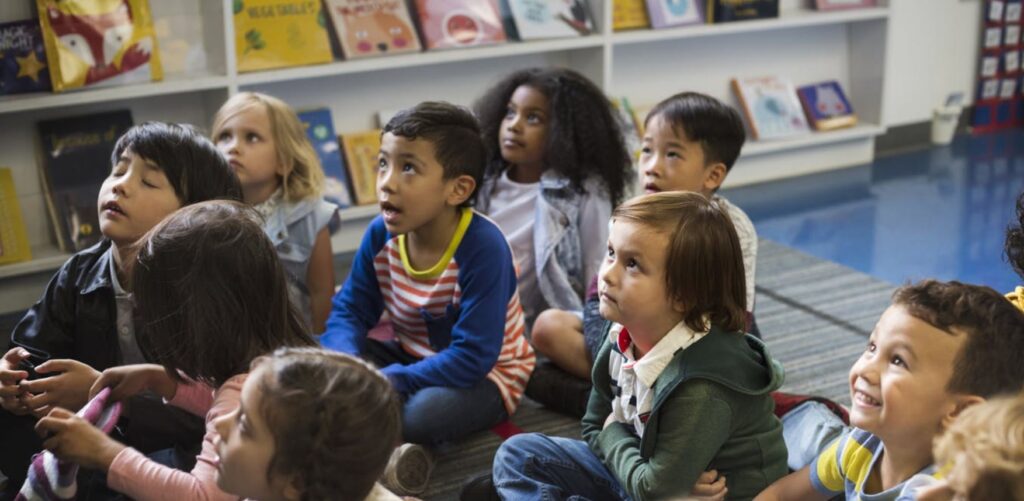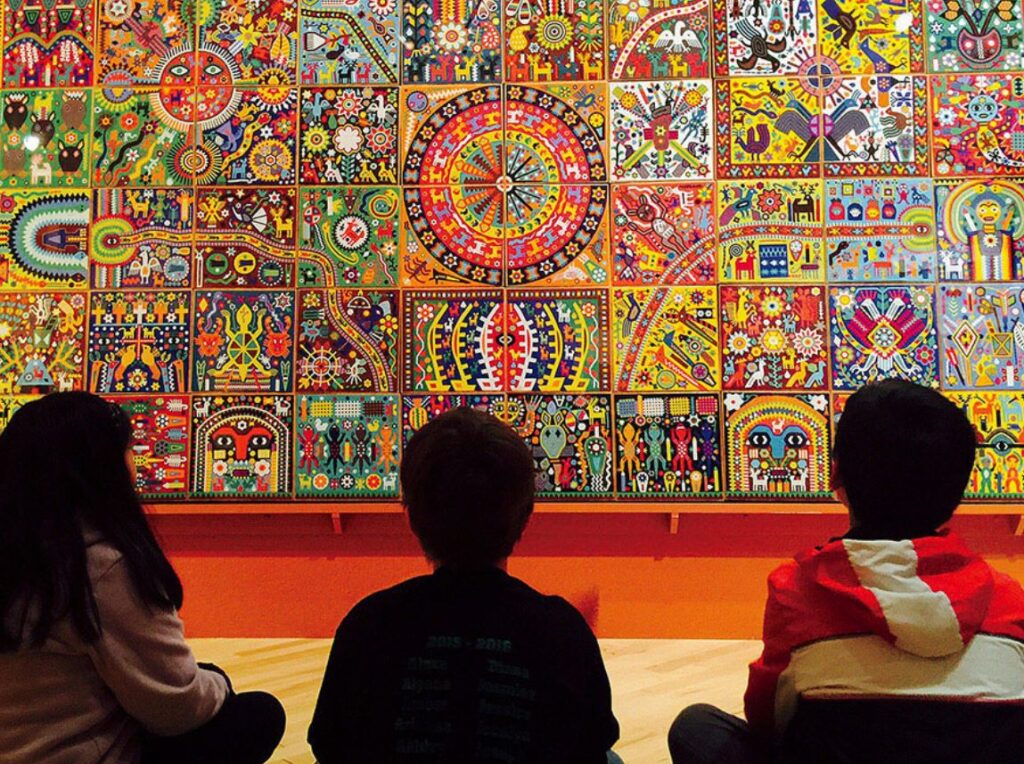
In order to build inclusive and culturally responsive classrooms in 2023, it is important for educators to understand the significance of multicultural education and the impact of cultural exclusion on students’ emotional well-being.
Culturally responsive teaching is an approach to education that recognizes and values the cultural backgrounds of all students and incorporates that understanding into teaching and learning. This approach is essential in today’s diverse classrooms, where students come from a variety of cultural and ethnic backgrounds.
One important aspect of culturally responsive teaching is recognizing and celebrating the religious and cultural events and observances of marginalized students. It is important to understand that while the recognition of certain religious holidays may be well-intentioned, it can also have the effect of exclusion if other holidays and cultures are not also acknowledged and celebrated.
For example, if a classroom only recognizes Christmas and Hanukkah, but not Kwanzaa or Ramadan, this may make some students feel left out or disrespected. This can negatively impact their mental well-being and may have long-term effects on their psychological and sociological identity development.
To counteract this, teachers can take steps to create an inclusive and culturally responsive classroom by:
Recognizing and celebrating all students’ holidays and observances. This can include sharing symbols of love, family, and faith, and using holidays as opportunities to learn about and embrace different cultures.
Being a role model. Children learn respect and acceptance from the adults around them, and teachers have the potential to teach these values by modeling them through their words and interactions.
Building a multicultural classroom library. This can include books that represent all students and their celebrations, and can be used to extend lessons about diversity and inclusion.
Celebrating classroom diversity through visual tools. This can include encouraging students to share cultural traditions of holidays they celebrate, or inviting students to create their own holiday displays.
Teaching unity. Despite cultural differences, many holiday traditions share common themes of food, family, and prayers. By highlighting these similarities, teachers can teach the importance of giving and sharing blessings with loved ones and those less fortunate.

Overall, in order to build inclusive and culturally responsive classrooms, educators must recognize and value the cultural backgrounds of all students and take steps to incorporate that understanding into teaching and learning. By doing so, they can create a safe and welcoming environment for all students and promote positive relationships and emotional connections.
